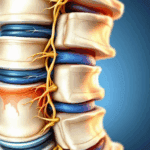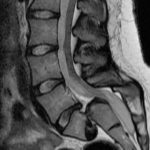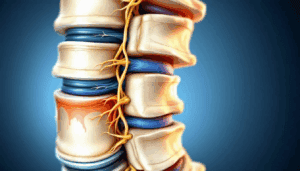
Top Choices: Best Pain Medications for Sciatica Relief
If you’re dealing with sciatica pain, finding effective relief is crucial. This guide covers the best pain meds for sciatica, from over-the-counter options to prescription medications, helping you manage your symptoms effectively. As many as 4 out of every 10 people will experience sciatica at some point in their life, making it a common condition that requires proper management.
Key Takeaways
- Over-the-counter medications like NSAIDs and acetaminophen are commonly used for initial relief of sciatica pain, but they do not provide a cure and should be part of a comprehensive treatment plan.
- Prescription medications, including opioids, muscle relaxants, and corticosteroids, may be necessary for severe pain but require careful monitoring due to potential side effects and dependency risks.
- Anticonvulsants and antidepressants can effectively manage chronic sciatica by targeting nerve pain and are most effective when combined with physical therapy and lifestyle changes.
Over-the-Counter Pain Medications

When sciatica pain strikes, many of us instinctively reach for over the counter nsaids pain medication. Common choices include acetaminophen, aspirin, and NSAIDs like ibuprofen and naproxen. These medications are often the first line of defense against pain because they are easily accessible and can help relieve pain quickly.
NSAIDs are particularly effective in reducing sciatica pain due to their ability to decrease pain and inflammation. Inflammation often exacerbates nerve pain, so reduce pain can significantly improve symptoms. However, while NSAIDs are effective, they come with their own set of drawbacks. Prolonged use can lead to side effects such as stomach ulcers and gastrointestinal bleeding. Additionally, they can help alleviate sciatic pain and impact the sciatic nerves to prevent sciatica. For more targeted relief, epidural corticosteroid injections can provide effective short-to-medium-term pain relief for sciatica.
For individuals with gastrointestinal issues who can’t tolerate NSAIDs, acetaminophen serves as a gentler alternative. It alleviates pain without the anti-inflammatory medications effects, reducing the risk of stomach problems. Proper usage is vital to avoid liver damage.
Although OTC medications offer short-term relief, they don’t cure sciatica. They should be part of a broader treatment strategy, possibly including other medications and therapies. Consulting with a healthcare provider ensures you use these medications safely and effectively.
Prescription Pain Medications
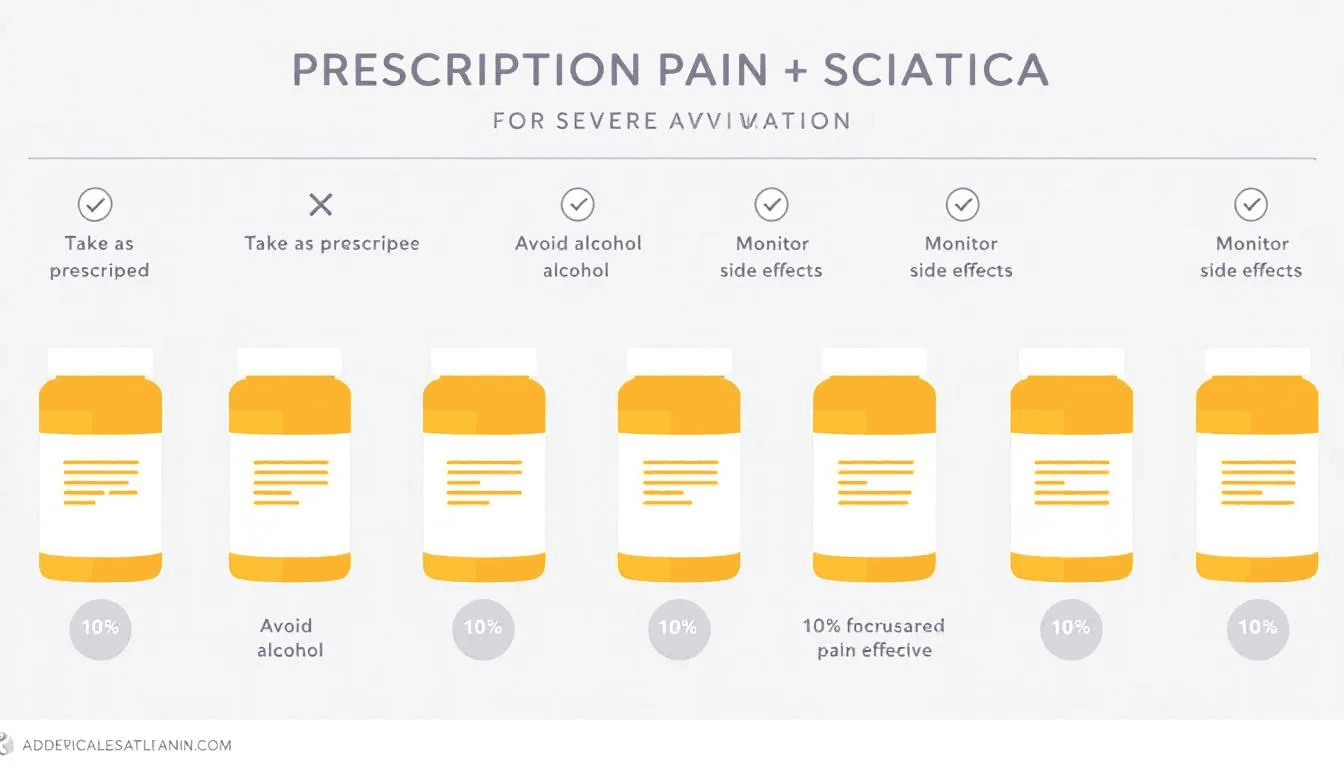
Prescription medications may be required for more severe sciatica pain. Opioids can be prescribed for acute, severe pain unresponsive to other treatments. While effective, they carry a high risk of dependence, making long-term use generally inadvisable.
Muscle relaxants can also benefit sciatica sufferers by reducing muscle tension and muscle spasms, alleviating discomfort caused by muscle spasm. However, they, like opioids, require strict medical supervision to prevent side effects and dependency.
Corticosteroids are frequently used to treat severe sciatica symptoms by reducing inflammation, thereby alleviating pain and improving mobility. They can be taken orally or administered as injections, like epidural steroid injections, directly targeting the painful area.
The effectiveness of prescription medications varies among individuals, necessitating careful monitoring and adjustment by healthcare providers. Open communication with your doctor is vital to finding the right medication and dosage. Follow your doctor’s guidance and promptly report any side effects or concerns.
Anticonvulsants for Nerve Pain
Anticonvulsants, typically used to treat epilepsy, have also been found effective in managing nerve pain, including sciatica. Gabapentin is one such medication frequently prescribed for nerve pain. It works by stabilizing electrical activity in the brain and affecting the way your nerves send pain signals.
Pregabalin is another anticonvulsant that is indicated for neuropathic pain. It similarly affects nerve signals and can provide relief from sciatica discomfort. Dosages for gabapentin typically range from 300 to 3600 mg per day, while pregabalin is usually given between 150 and 600 mg per day.
Both medications come with potential side effects. Gabapentin may offer pain relief within two weeks, though its clinical significance can sometimes be minimal. Pregabalin, on the other hand, has been associated with higher incidences of dizziness and nausea compared to placebo.
Although effective for treating sciatica, anticonvulsants carry risks. Adhering to your healthcare provider’s instructions and reporting any adverse effects is crucial. These medications can be an important part of a comprehensive treatment plan, especially for nerve-related pain.
Antidepressants for Chronic Sciatica
Antidepressants can effectively manage chronic sciatica pain. For example, amitriptyline enhances serotonin and norepinephrine levels, reducing nerve signals and alleviating pain. Typical dosages range from 25mg to 75mg per day.
Duloxetine is another antidepressant that can treat chronic sciatica pain by boosting serotonin and norepinephrine levels. Dosages vary, but it generally manages chronic pain symptoms effectively.
Both medications come with side effects. Common side effects of amitriptyline include constipation, dizziness, dry mouth, and fatigue. It’s often recommended to take amitriptyline before bedtime due to its sedative effects. Duloxetine’s side effects can include nausea, diarrhea, and sexual dysfunction.
Antidepressants offer significant relief for chronic sciatica but are most effective alongside physical therapy and lifestyle changes. Consult your healthcare provider to determine the best course of action for your specific needs.
Alternative Therapies and Natural Remedies
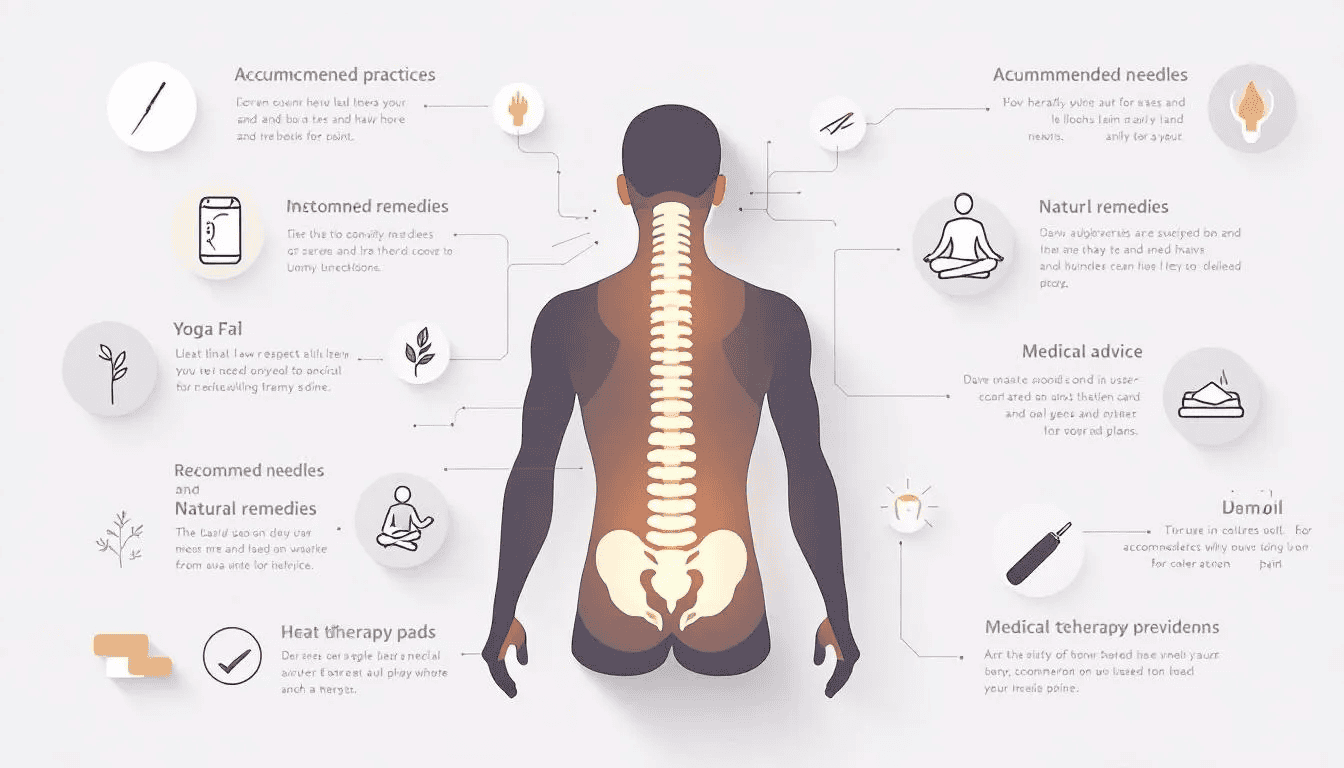
Alternative therapies and natural remedies can play a crucial role in managing sciatica pain. Physical therapy, for instance, includes gentle exercise such as stretching exercises, walking, yoga, swimming, and sciatica exercises. These exercises can help improve sciatica symptoms by loosening the sciatic nerve. Staying active helps loosen muscles and prevent them from tightening, which can increase pain. Supervised self-care is a crucial aspect of managing sciatica through physical therapy.
Manual therapy like massage therapy targets the glutes and lower spine to relieve sciatica pain and provide sciatica relief. Acupuncture may also help by stimulating nerve fibers, interrupting pain signals, and promoting endorphin release through sciatica treatments for sciatica pain relief.
Heat and cold therapy, using an ice pack and a warm compress, can also be beneficial. Ice packs and cold packs reduce inflammation and offer quick relief, while a warm compress relaxes tight muscles and improves blood flow. Combining these approaches, including hot and cold packs, can comprehensively relieve sciatic discomfort.
Alternative therapies and natural remedies can complement traditional pain medications effectively. Incorporating various self care treatments into your routine helps develop a holistic approach to managing sciatica pain and enhancing your quality of life.
When to See a Doctor
While home treatments offer relief for many, professional medical intervention by orthopaedic surgeons is sometimes necessary. If persistent pain doesn’t improve with home treatments, consulting a healthcare professional is crucial. If symptoms are not severe but persist beyond a couple of weeks, physical therapy may be recommended by a doctor to aid recovery and improve mobility.
Severe pain that interferes with daily activities, as well as the following symptoms, should prompt a visit to the doctor:
- Numbness or weakness in the legs
- Loss of bladder control or bowel control, which can indicate a serious condition requiring immediate medical attention
- Fever or unexplained weight loss
- Leg pain
Symptoms like weakness or numbness in legs, loss of bladder control, or pain after an accident warrant immediate medical attention.
If your sciatica symptoms are accompanied by any of these lumbar radiculopathy, seeking medical care is crucial.
A timely professional evaluation can identify the underlying cause of your symptoms and offer a tailored treatment plan to help you stay active and exercise regularly. Seek medical advice if your condition worsens or shows no improvement within a few weeks.
Summary
Managing sciatica pain requires a multifaceted approach. Over-the-counter medications like NSAIDs and acetaminophen can provide short-term relief, while prescription medications, including opioids, muscle relaxants, and corticosteroids, offer more potent options for severe pain. Anticonvulsants and antidepressants can specifically target nerve pain and chronic sciatica symptoms, respectively.
Alternative therapies, such as physical therapy, manual therapies, and acupuncture, can complement traditional medications for a comprehensive treatment plan. Always consult a healthcare professional if your symptoms persist or worsen, as timely intervention is key to effective management.
Taking control of your sciatica treatment journey involves understanding your options and working closely with your healthcare provider. By combining various treatments and staying proactive, you can find relief and improve your quality of life.
Frequently Asked Questions
What are common over-the-counter medications for sciatica pain?
Over-the-counter medications such as acetaminophen, aspirin, and NSAIDs like ibuprofen and naproxen are effective for alleviating sciatica pain by reducing inflammation and providing short-term relief. Consider consulting a healthcare professional for guidance on the appropriate choice for your specific situation.
What prescription medications are used for severe sciatica pain?
For severe sciatica pain, prescription medications such as opioids, muscle relaxants, and corticosteroids are commonly used. It’s essential to use these under medical supervision due to their potential risks.
How do anticonvulsants help with sciatica pain?
Anticonvulsants such as gabapentin and pregabalin are effective for sciatica pain as they stabilize electrical activity in the brain and modify the way nerves transmit pain signals. This helps in reducing nerve-related discomfort associated with sciatica.
Can antidepressants be used for chronic sciatica pain?
Antidepressants such as amitriptyline and duloxetine can indeed be effective for managing chronic sciatica pain by enhancing serotonin and norepinephrine levels, ultimately helping to reduce nerve pain signals. It’s worth discussing this option with your healthcare provider for tailored advice.
When should I see a doctor for sciatica pain?
You should see a doctor for sciatica pain if it persists despite home treatments, becomes severe enough to interfere with daily activities, or is accompanied by symptoms like numbness, weakness in the legs, loss of bladder or bowel control, fever, or unexplained weight loss. Prompt medical attention is essential in these cases.

